
Judge denies anonymity for victim of forced abortion
Cassy Cooke
·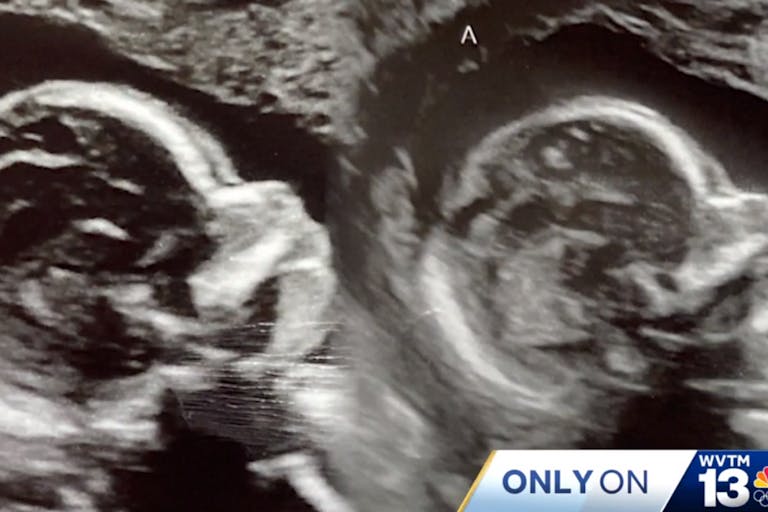
Human Interest·By Laura Nicole
Mom with two uteruses expecting twins in ‘one in a million’ pregnancy
Kelsey Hatcher of Alabama knew she was born differently; specifically, she was born with two uteruses and two cervices. But in what doctors have called a “one in a million” chance, when Kelsey got pregnant, she found she was carrying two babies – one in each uterus.
Kelsey is already mom to three children – Raelynn, 6; River, 4; and Rhemy, 1 – and when she went to her eight-week ultrasound appointment in the spring, she expected more-or-less business as usual, a single baby in one uterus. But knowing her special anatomy, she decided to double-check with her nurse sonographer.
“I said, ‘There’s only one right?,’ and the [nurse] said, ‘Yeah, there’s only one,'” Kelsey recalled. “So, I just kind of laid back and was relaxing. Everything looked good. There was only one,” she told ABC News. She was about to tell her nurse about her second uterus when she got a surprise. “Before she could say anything, I said, ‘Oh my gosh, there’s another one,'” Kelsey said, adding about her reaction, “Probably all I did was laugh for 30 minutes or so because it was just like, this is not happening.”
And as statistics show, a double pregnancy in a uterus didelphys, as Kelsey’s condition is known, is vanishingly rare. Uterus didelphys forms in about 0.3% of women. “A double cervix or double uteruses way under 1% [sic], maybe three per 1,000 women might have that. And then the probability of you having a twin in each horn is really crazy,” said Dr. Richard Davis, a UAB maternal-fetal medicine specialist who is treating Kelsey, to WVTM13.
As Live Action News reported, in 2019 a woman with uterus didelphys in Bangladesh gave birth to a set of twins only 26 days after having given birth to her first child. Doctors had been unaware of the woman’s second uterus until the mother started experiencing lower abdominal pains and an ultrasound revealed the twin babies in her second uterus.
READ: Micro-preemie home after 16 months in hospital: ‘He’s a miracle baby’
Article continues below
Dear Reader,
In 2026, Live Action is heading straight where the battle is fiercest: college campuses.
We have a bold initiative to establish 100 Live Action campus chapters within the next year, and your partnership will make it a success!
Your support today will help train and equip young leaders, bring Live Action’s educational content into academic environments, host on-campus events and debates, and empower students to challenge the pro-abortion status quo with truth and compassion.
Invest in pro-life grassroots outreach and cultural formation with your TRIPLED year-end gift!
The nurse called in Kelsey’s obstetrician, Dr. Shweta Patel, who reviewed the scans several times and confirmed that in fact, Kelsey was pregnant with fraternal twin girls – one baby in each uterus. When asked how this could have occurred, Dr. Patel told GMA, “Most likely what happened is that she ovulated separately and had one egg come down each fallopian tube, meaning coming down on each side of the uterus, and then sperm traveled up on each separate uterus and fertilization occurred separately.”
She added, “There’s no true expert out there who knows how to manage a patient with two uteruses and two babies, with one in each uterus. So we really are relying on our baseline teaching and our baseline knowledge and the normal physiology of pregnancy that we understand, and applying it in her scenario.”
Kelsey and her preborn twin girls will be monitored closely, and will even be the topic of a case study.
With a condition this rare, there are many unknowns for Kelsey and her babies, especially how labor and delivery will go. “So when she goes into labor, if she does, then we will have to monitor each uterus and see which one’s contracting and if they’re doing sort of almost the same or they’re different,” Davis said.
Meanwhile, Kelsey is documenting her journey on Instagram as she awaits the birth of her girls, who are due on Christmas. And there are a few upsides to this unique pregnancy. “The [ultrasound] tech even mentioned that each twin is growing better than some singletons, so that was encouraging! Each twin is measuring with 1% of each other [sic], which is a great thing because one is not stealing the show in growth!!” she said in a post.
Live Action News is pro-life news and commentary from a pro-life perspective.
Contact editor@liveaction.org for questions, corrections, or if you are seeking permission to reprint any Live Action News content.
Guest Articles: To submit a guest article to Live Action News, email editor@liveaction.org with an attached Word document of 800-1000 words. Please also attach any photos relevant to your submission if applicable. If your submission is accepted for publication, you will be notified within three weeks. Guest articles are not compensated (see our Open License Agreement). Thank you for your interest in Live Action News!

Cassy Cooke
·
Human Interest
Nancy Flanders
·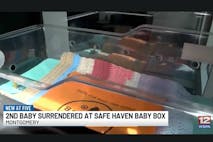
Human Interest
Bridget Sielicki
·
Human Interest
Sheena Rodriguez
·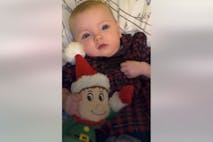
Human Interest
Angeline Tan
·
Human Interest
Andrea Trudden
·
Human Interest
Laura Nicole
·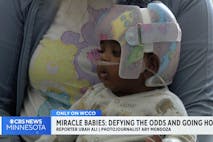
Human Interest
Laura Nicole
·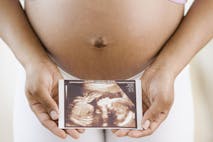
Newsbreak
Laura Nicole
·
Human Interest
Laura Nicole
·
Human Interest
Laura Nicole
·